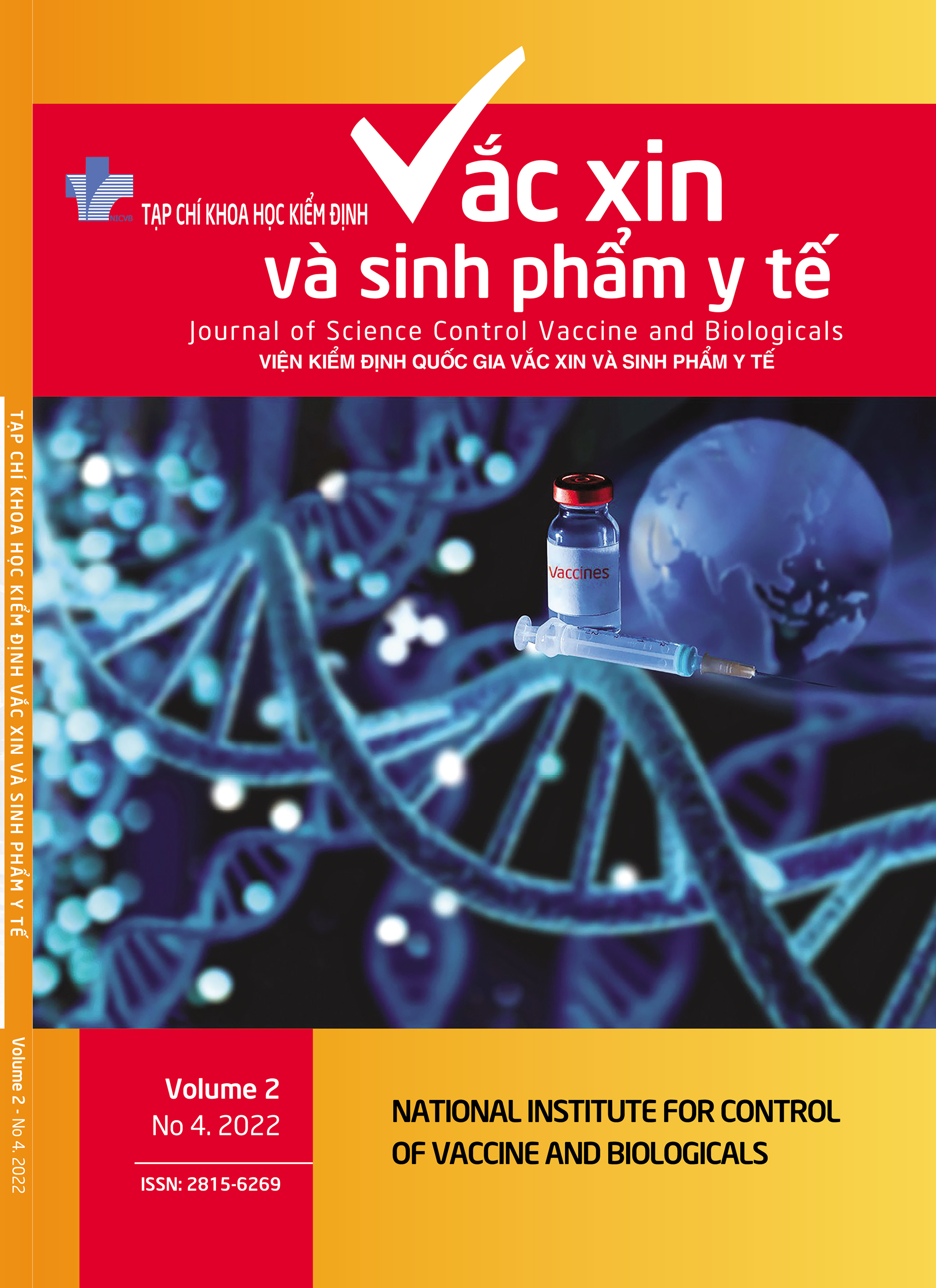EPIDEMIOLOGICAL FACTORS AFFECTING THE RATE OF DIPHTHERIA ANTITOXIN ANTIBODIES IN THE AGE GROUP FROM 5 TO 40 YEARS OLD IN KHANH HOA PROVINCE IN 2022
DOI:
https://doi.org/10.56086/jcvb.v2i4.63Keywords:
Diphtheria, anti-diphtheria antibody levels, vaccine TdAbstract
Currently, the disease burden of diphtheria has decreased since the introduction of diphtheria vaccine in the National Expanded Program on Immunization. However, the epidemiology of the disease remains an area of concern, as outbreaks occur intermittently in different parts of the world.
The study was conducted in Khanh Hoa Province to determine the epidemiological factors affecting the persistence of diphtheria antitoxin antibodies in the age group of 5-40 years. The results showed that 26.69% of the participants had safe and long-term protective immunity, and the retention of diphtheria antitoxin antibodies decreased over time. Multivariate analysis showed the appropriate model, statistically significant differences include: BMI, age group and geographical area. The age group from 5 to 10 years old has the highest level of safe protective immunity; different areas in Khanh Hoa Province have the following results: Khanh Vinh is higher than Cam Lam (ORhc 2.69; 95% CI 1.25 - 5.83), Nha Trang is lower than Cam Lam (ORhc 0. 52; 95% CI 0.32 - 0.85); Khanh Son is lower than Cam Lam (ORhc 0.36; 95% CI 0.12 - 0.93).
The research results show that the need for booster vaccination with diphtheria component is very important to help strengthen the immunity of children and the community to actively prevent diphtheria.







